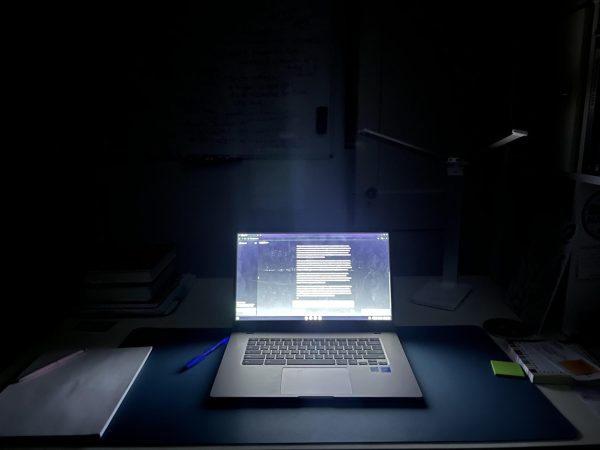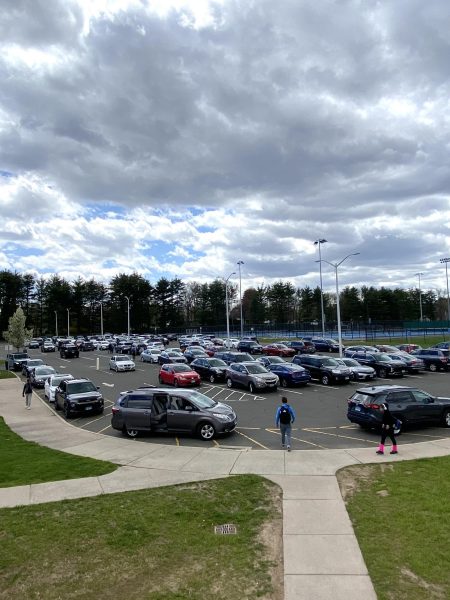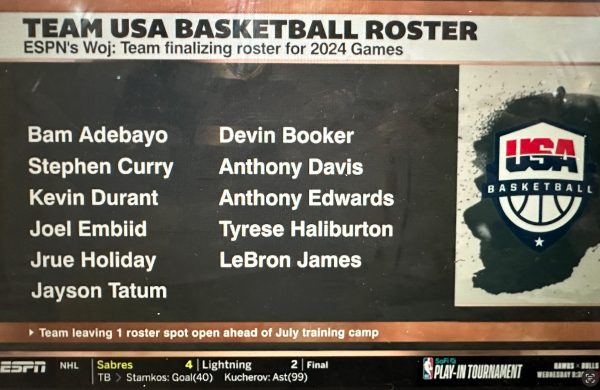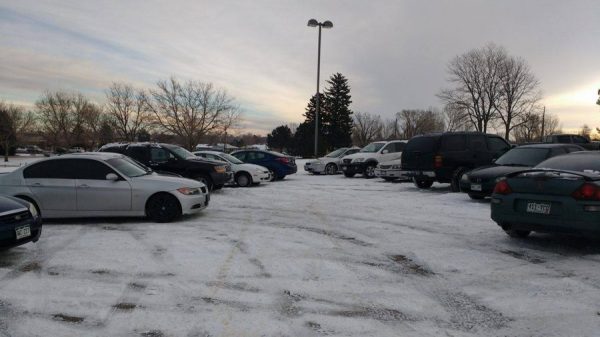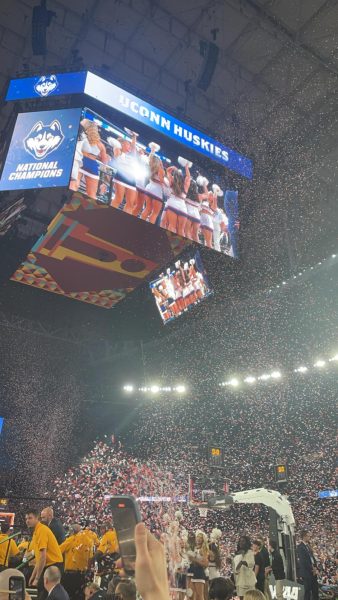Preparing For Earth Night: From The Ocean To The Planet
On June 2nd, the Hall High Coral Project of Connecticut will be hosting an event to inform people about how they can play a part in stopping climate change, and preserve the planet for future generations.
Earth Night is the name of the upcoming event being developed by the HHCP. Their goal is to make people aware of the damage global warming is doing to life on Earth, especially to one particular group of animals: Corals.

Corals, a group of animals closely related to jellyfish- are among the lifeforms most threatened by warming waters caused by climate change. “Coral reefs provide a foundation and home to 25% of marine life in the ocean despite covering only 1% of the ocean,” says Anthony Wasley, proctor of the Hall High Coral Project, a club of West Hartford Connecticut’s Hall High School, as he considers it extremely important that the mass dying of corals is made more aware to the public.
The ocean acts as a massive unit of storage for carbon, but even the ocean is not big enough to properly store carbon. As a result of climate change, the ocean is becoming more acidic, “In the 200-plus years since the industrial revolution began, the concentration of carbon dioxide (CO2) in the atmosphere has increased due to human actions” Says the National Ocean and Atmospheric Administration (NOAA) “During this time, the pH of surface ocean waters has fallen by 0.1 pH units. This might not sound like much, but the pH scale is logarithmic, so this change represents approximately a 30 percent increase in acidity.”
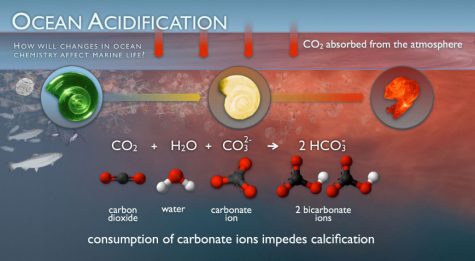
What most people do not realize is how carbon affects the chemistry of the ocean and its inhabitants. Shell-building animals like corals, barnacles, and more, take carbonate from the water to strengthen and enlarge their shells. When carbon enters the water, it bonds with available water ions and existing carbonate ions to form bicarbonate. This process not only leaves less carbonate available for these animals, leaving them with weaker shells, but the sheer amount of used-up hydrogen in the water makes the ocean more acidic, which actively breaks down the shells of these animals. When some of these animals, specifically corals, lack strong enough shells, then they are more susceptible to dying from exposure to the elements.
This is exactly what is happening to corals. The increasingly acidic sea water is stressing corals out, causing them to become weaker, and increasing their mortality rates. The hundreds of species that inhabit reefs need healthy, living corals to survive. Dead barren reefs are characterized by their lack of life and the bony white coloration of their corals.
The club already has a history of doing a lot in their community of West Hartford to raise awareness about the importance of corals. During the earlier years of the club, the group hosted an event called Ocean Night. “The goal of Ocean Night was to spread awareness of coral reef bleaching caused by climate change, which is leading to the collapse of entire ecosystems in our oceans,” explains Wasley, “…We want to educate the community on what corals bring to the world: coastline protection, the economics of tourism and commercial fishing, biodiversity, and, of course, beauty”.

Upon getting approval from the school to use the building for the event, the club has been working constantly to get Earth Night off the ground.
“There are a lot of people involved in the club, and the planning process…” Explains HHCP senior Grace Wright-Goodison, “…There are seniors, juniors, sophomores, and freshmen. We are also collaborating with the Environmental Club.” It is not just their fellow clubs the HHCP is hoping to collaborate with.
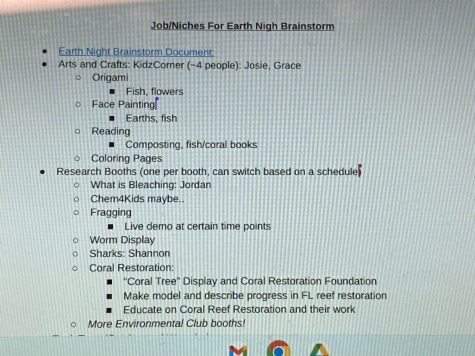
Club senior Dhurshanie Ramlall commented how are hoping to get involvement from environmental groups from all over, with the club hoping to get help, particularly from one coral conservation group in Florida, “There are few difficult things, but I would have to say getting the emails out to the all the people we are working with is perhaps the hardest.” Wright-Goodison went on to say, “There, fortunately, have not been many drawbacks. It can be challenging getting everything coordinated, but it has not proven to be overwhelming.”
Earth Night will be set up in a manner very similar to Ocean Night, “The event will be held primarily in the hallways where you walk into the school” Says Wasley. “This area will have booths centered around various restoration projects, local and nonlocal”
“In the auditorium, we will have a setlist of compiled short movies and videos that will be for all age groups. In E131, we are going to have what we informally call the “Kid’s Room” as we did at Ocean Night. This room will have kid-appropriate events and activities centered around environmentalism”.
The event will be on June 2nd, from 6-9 PM. The club has been fastidiously preparing for every aspect of the event. While the event seems small, especially for a small town like West Hartford, they remain unperturbed. According to the club, education brings awareness, and awareness brings change.

